
In the early 1900s, children's fashion was undergoing a lot of changes to accommodate active children. While girls and boys had their own separate fashions, a few similarities existed between the two genders. If you know what to look for and expect, recognizing clothing from this time period is fairly easy.
Overall Appearance
"Historical Boy's Clothing" reports that kids' clothes in the early 1900s were heavily starched and looked formal compared to modern kids' clothing. Clothing was, however, becoming looser and easier to play in, compared to previous decades. Both boys and girls sometimes wore sailor suits during more formal settings, and sometimes similarly formal dresses for boys as well as girls. Colors were generally pale, ranging from browns to whites. Clothing was getting shorter, with children generally wearing longer socks and black shoes, according to an article published by the Dakota State Campus School.
Girls Fashion
Fashion for girls largely mimicked those of their mothers, decorated with lace frills and ruffles, which would be heavily starched. Under the dress, long black socks covered any exposed skin. Some parents would make their own clothing using patterns from companies like McCall's, as recorded in "Costume Gallery," which featured tucked stitches. On some patterns a deep "V" appeared on the front and back, showing some of the blouse underneath. Later patterns also featured a single panel of fabric running the whole length of the dress.
Boy's Fashion
Boys in the 1900s wore tunics and Russian blouses, both of which offered freedom of motion. In addition, boys usually wore knee shorts or knickers, which exposed some skin below the knee, until reaching their high socks. Younger boys also had romper suits, one-piece garments which were designed for play, as described by "Historical Boy's Clothing," an article on the subject. Caps and stockings were acceptable with rompers, but less so with other garments. In formal settings, boys would wear suits with Eton collars, or sometimes Fauntleroy suits, although their popularity was waning.
Materials
During the 1900s, clothing was made of flannel, linen, wool, silk, muslin and cotton; the cotton, muslin and linen were often starched heavily. According to "Historical Boy's Clothing," wool was typically used in more formal clothing. Starched material takes on a stiff quality, which can be uncomfortable for children because it restricts their range of motion. Elastic was also a new addition to clothing, allowing for more flexibility. Zippers did not yet exist, so clothing was held together with buttons.
Related Articles
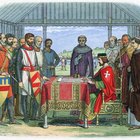
Kids' Clothing During the Medieval ...

Children's Clothes in 1915
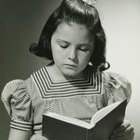
1930s School Clothes
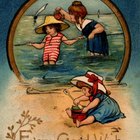
Children's Clothes in 1910
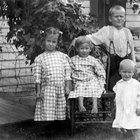
Children's Clothing From the 1920s
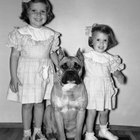
1950s Clothes for Children

What Did Kids Wear in the 80s?
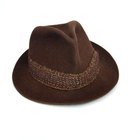
1950s Gangster Clothes
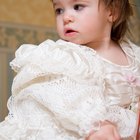
Children's Clothing of the 1800s

What Do Women Pirates Wear?

The Short Women's Haircuts of the 1940s

School Clothes in the 1900s
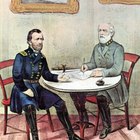
Fabrics Used for Civil War Clothing

What Kind of Clothes Do Japanese ...

How Did Teenagers Dress in the '60s & ...

Fashion for Children in the 1960s

Irish Clothes of 1850
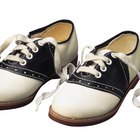
Children's Shoes in the 1950s
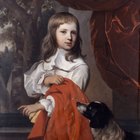
Children's Clothes in the 1600s

What Did Men Wear During the ...
References
- Historical Boys' Clothing: Boy's Clothing During the 1900s
- Historical Boy's Clothing: Boy Rompers
- Museum of Childhood: Clothes and School Uniforms
- Costume Gallery: McCall's Magazine 1908
- Dakota State Campus School: Welcome to the Lake Madison Chautauqua
- Fashion Era: Children's Costume History 1900 to 1910
Writer Bio
Grahame Turner has worked as a freelance writer since 2009 and a freelance reporter since 2010 for Wellesley Patch and Jamaica Plain Patch in Massachusetts. He also works part-time as a bookseller at the Northeastern University bookstore. He is a Northeastern University graduate with a Bachelor of Arts in English.
Photo Credits
Photos.com/Photos.com/Getty Images